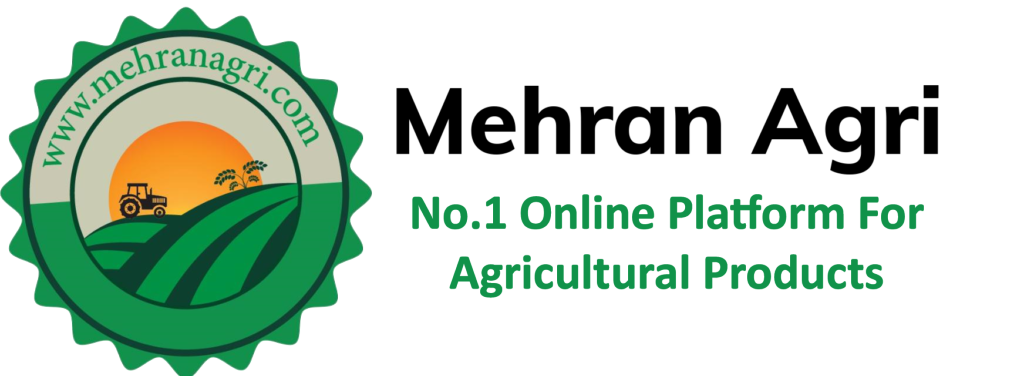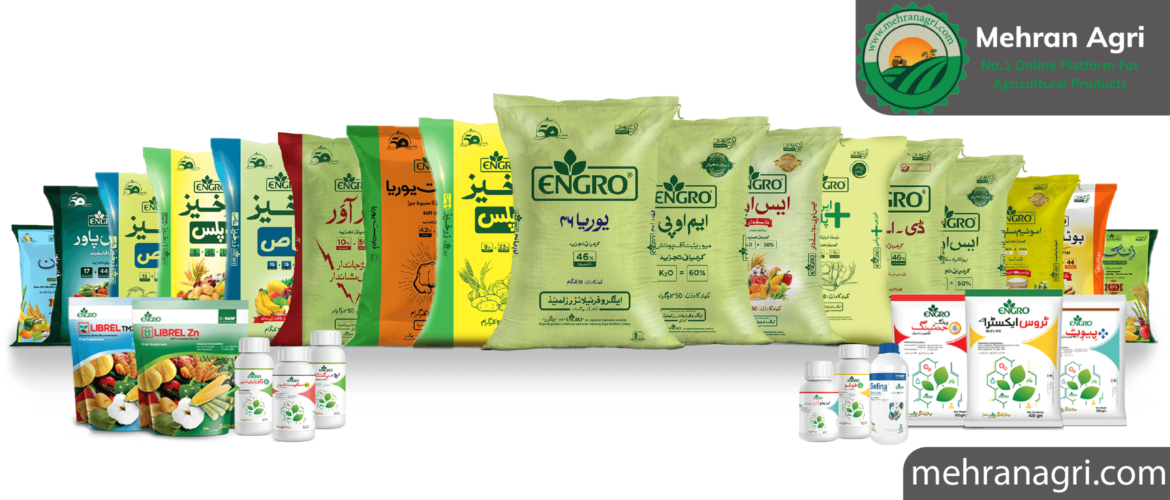Fertilisers are substances or mixtures applied to plants or soil to provide essential nutrients that promote plant growth and improve crop yields. They are commonly used in agriculture, gardening, and horticulture to supplement soil fertility and address nutrient deficiencies. Here’s some information about fertilisers:
1. Types of Fertilisers:
I : Organic Fertilisers: Derived from natural sources such as animal manure, compost, bone meal, and plant-based materials .They release nutrients slowly and improve soil structure and organic matter content.
II : Inorganic Fertilisers: Also known as synthetic or chemical fertilisers, they are manufactured using mineral or chemical processes. Inorganic fertilisers provide nutrients in readily available forms and can be formulated to meet specific plant nutrient requirements.
III : Controlled-Release Fertilisers: These fertilisers release nutrients gradually over an extended period, reducing the frequency of application and minimising nutrient leaching.
2. Essential Nutrients: Fertilisers contain primary, secondary, and micronutrients necessary for plant growth.
I : Primary Nutrients: Nitrogen (N), Phosphorus (P), and Potassium (K) are the three primary macronutrients required in relatively large amounts.
II : Secondary Nutrients: Calcium (Ca), Magnesium (Mg), and Sulphur (S) are secondary macronutrients required in moderate amounts.
III : Micronutrients: Plants also require trace amounts of micronutrients like Iron (Fe), Manganese (Mn), Zinc (Zn), Copper (Cu), Molybdenum (Mo), Boron (B), and Chlorine (Cl).
3. Application Methods: Fertilisers can be applied through various methods depending on the crop, soil conditions, and farming practises. a. Broadcast Application: Fertiliser is spread uniformly over the soil surface. b. Band Application: Fertiliser is applied in narrow bands near the plant roots. c. Foliar Application: Fertiliser is sprayed onto the leaves, allowing for direct absorption by the plant.
4. Nutrient Management: Effective fertiliser use involves understanding soil nutrient levels, plant nutrient requirements, and appropriate application rates. Soil testing helps determine existing nutrient levels, enabling farmers to make informed fertiliser decisions.
5. Environmental Impact: Improper fertiliser use can contribute to environmental issues such as nutrient runoff, water pollution, and eutrophication of water bodies. Nutrient management practises, including precision application techniques and optimised fertiliser formulations, help minimise environmental impacts.
6. Fertiliser Formulations: Fertilisers are commonly available as granules, powders, liquids, or soluble forms. Different formulations provide flexibility in application methods and allow for targeted nutrient delivery.
7. Specialised Fertilisers: Certain fertilisers are designed for specific purposes, such as:
I : Starter fertilisers: which are applied during early plant growth to provide nutrients for establishment.
II : Slow-Release Fertilisers: Release nutrients gradually over an extended period, reducing the risk of nutrient leaching and promoting long-term plant nutrition.
III : Fertilisers for Specific Crops: Some fertilisers are formulated to meet the specific nutrient requirements of certain crops or plants.
8. Fertiliser Regulations: Fertiliser production, labelling, and use may be subject to regulations and standards set by governmental bodies to ensure product quality, safety, and environmental protection.
It is essential to follow recommended fertiliser application rates, timing, and best practises to maximise their effectiveness while minimising potential negative impacts. Consulting with agricultural experts or local extension services can provide valuable guidance on proper fertiliser use for specific crops and regions.

